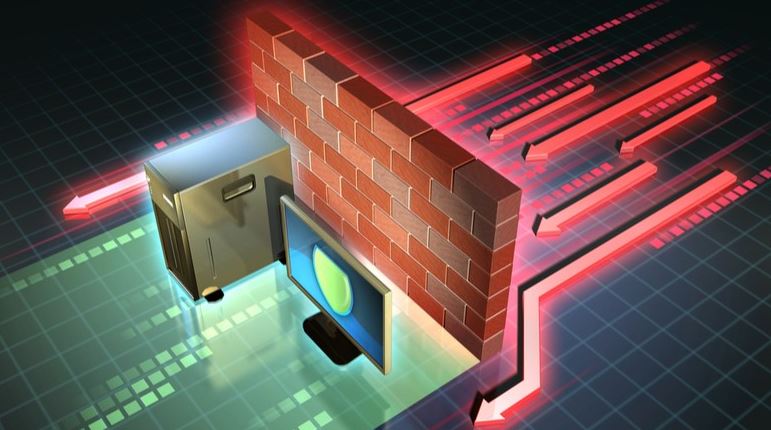What is a Firewall?
A firewall is a security system, either hardware or software-based, designed to monitor and control incoming and outgoing network traffic. It acts as a barrier between a trusted internal network and untrusted external networks, such as the internet. Firewalls help prevent unauthorized access, protect sensitive data, and mitigate cyber threats.
Importance of Firewall Configuration
- Prevent Unauthorized Access: Firewalls serve as the first line of defense against external attacks.
- Protect Sensitive Data: By filtering traffic, firewalls help prevent data breaches and leaks.
- Reduce Cybersecurity Risks: Proper firewall setup minimizes the risk of cyberattacks such as DDoS and malware intrusions.

Steps to Set Up a Firewall
1. Identify Security Requirements
- Assess network vulnerabilities and potential threats.
- Define security policies to regulate data traffic.
2. Install and Configure the Firewall
- Choose the Right Firewall Type: Determine whether a hardware or software firewall is best for your needs.
- Follow Installation Guidelines: Install the firewall on the appropriate network devices.
3. Configure Rules and Policies
- Packet Filtering: Set rules to allow or block specific traffic types.
- Stateful Inspection: Enable session-based monitoring to analyze network traffic dynamically.
4. Implement Access Control Measures
- Access Control Lists (ACLs): Define who can access the network and what resources they can use.
Best Practices for Firewall Security
- Use Strong Default Settings: Avoid weak default configurations.
- Regularly Update Firewall Software: Patch vulnerabilities to stay protected.
- Train Employees: Educate staff on cybersecurity best practices and firewall usage.

Conclusion
Setting up a firewall is a critical step in securing networks and safeguarding sensitive data from cyber threats. By following a structured approach that includes assessing security needs, installing and configuring the firewall, defining rules and policies, and implementing access control measures, organizations can significantly enhance their cybersecurity defenses. A firewall is not just a security tool but a crucial component of a comprehensive cybersecurity strategy.